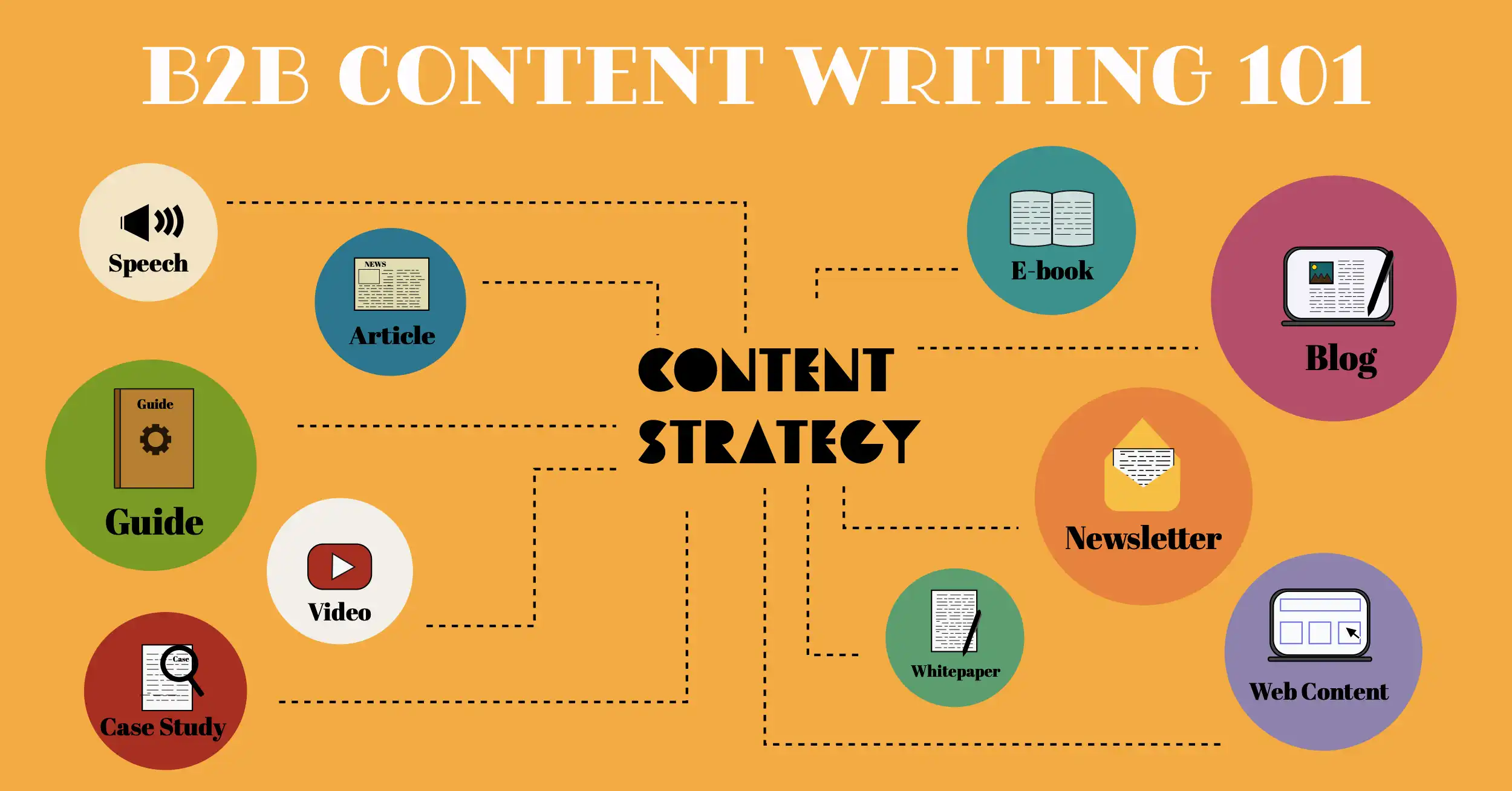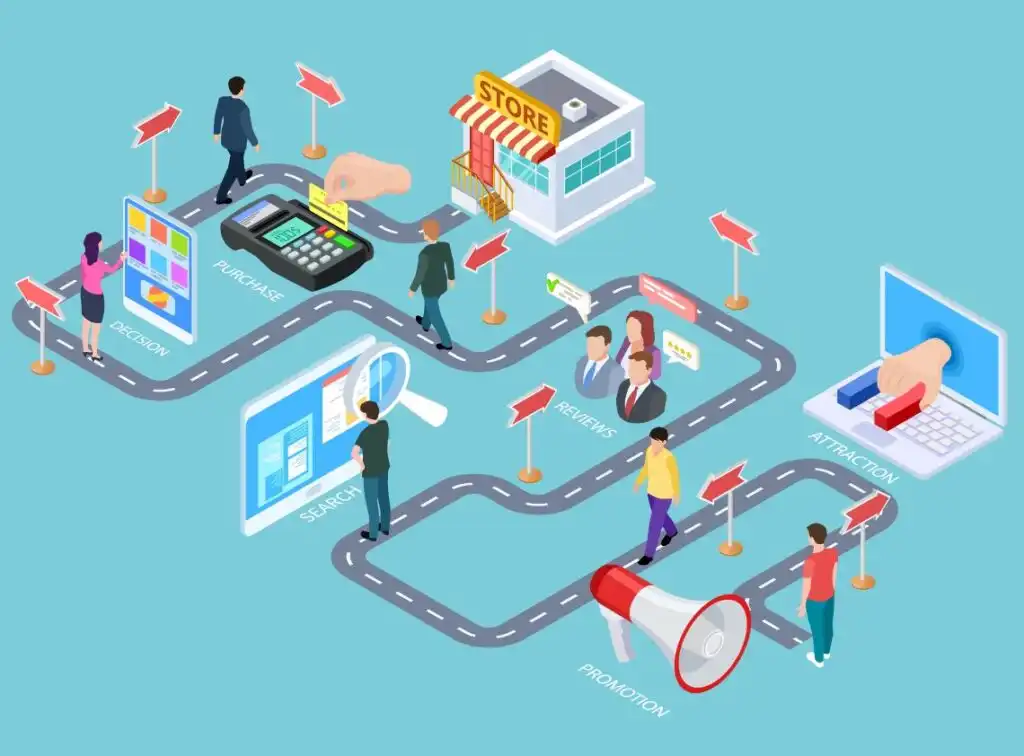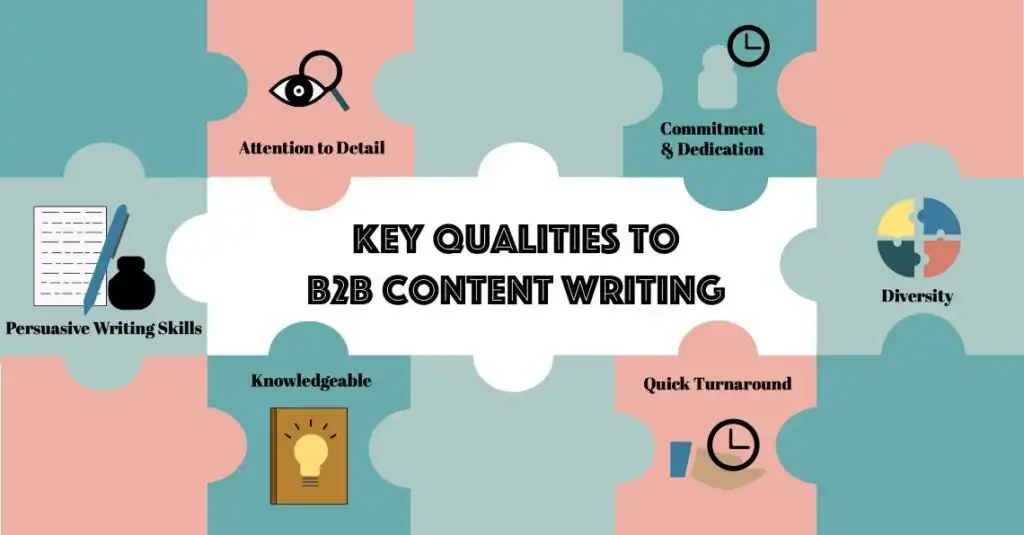
The Ultimate Guide to B2B Content Writing
06 February 2021
Panchalee Thakur
The way companies communicate with their customers has evolved in the past few decades. Until recently, B2B companies relied on advertisements as the primary avenue for brand building. Printed collaterals served as the go-to ammunition in the marketing arsenal and traditional media as the main platform to keep external stakeholders updated on a big developments in the company.
Today, it is a completely different story. Information sharing in the digital age has become easier, faster, more cost-effective, on-demand and multi-way. A company has a number of owned media channels – the company’s website, blog, social media platforms, newsletters – besides traditional media and events to keep their stakeholders updated, amplify their voice and influence the buyer’s mind.
But challenges abound. How do you pull potential customers to your owned media channels? What will excite a customer? How do you sustain the excitement over a long period of time?
The answer is great content.
Content that sells, content that inspires, content that persuades someone to change her mind.
Hence, it is not surprising that B2B marketers want to commit 70 percent of their investments in 2021 on content creation.
In this blog, I am decoding B2B content writing. What are the different forms of B2B content? Why is its importance growing? And how can you choose a B2B content writing agency to help you stay on top of your game?
B2B Content Writing 101
B2B content writing encompasses both long-form and short-form content in different formats such as text, graphics, audio or video content. The objectives vary too. Inform buyers and prospects about your products and services, create brand reputation, communicate new ideas with your target audience, and inspire them to take certain actions.
You are either producing content in-house or working with a B2B content writing agency to meet your growing needs.
There are many forms of content to cater to your business needs. Let’s first look at traditional, long-form writing.
- Article and blog: These constitute 93 percent of content that B2B marketers create. Though both may have a similar structure, they are different in terms of the style and treatment. Articles are mostly informative, whereas blogs are opinion or experience-based. For example, the inauguration of a hotel makes for an article, whereas someone’s experience of staying in the hotel becomes a blog. Articles are meant to educate a reader; blogs are meant to inspire or persuade a reader to act on it.
Read our earlier blog on different blogging styles that you can adopt.
- Whitepaper: It is an informative report that throws light on a complex subject so as to provide readers greater depth of understanding. A whitepaper aims to persuade readers, for example to invest in a country. It may include endorsements from experts who are seen as neutral voices or customer case studies.
- Case study: It is a technical document that brings out the business benefits of implementing a solution. A case study has an introduction about the client, the challenges the client faced, the solution the company offered and the business benefits it received after implementing the solution.
Read our blog on how to write case studies that convert prospects into buyers.
- Report, how-to guide and handbook: A report could be based on a survey or any other form of research into a subject. It provides the context for the study, the evidence gathered, analysis, and measures or recommendations. How-to guides offer instructions on how you can accomplish a task. It often comes in the form of an e-book or an article. Handbooks are one-stop reference documents. For example, an employee handbook includes the company’s values, workplace policies, employment benefits and code of ethics.
- Speechwriting: Business leaders and policy-makers usually take the help of experienced content writers to draft speeches and create presentations for their public engagements. Writers conduct research into the topic, ensure the script follows the organisation’s line of thinking and adopt the speaker’s presentation style.
Here are the top tips to write a speech.
- Infographics: These are visual representation of data and text that are attractive and easy to understand. Infographics break down complex ideas into simple thoughts or steps.
- Newsletter: It is a periodical that goes out to a pre-defined audience, who may have subscribed to it. It contains the latest information and business updates about a company or an industry, and other elements depending on the target audience. A company could have internal newsletters for its employees, and external newsletters for its customers and partners. It may be in a digital format or as a printed document.
Read our blog on mistakes to avoid while rolling out a newsletter.
Short-form B2B content is another area of growing importance. Here are a few such formats:
- Microblogs and other social media updates: Bite-sized posts on social media to promote freshly created content such as a blog post or an executive’s video interview. It can also be short posts to accompany content curated from another website that is being shared on your company’s social media page.
In this blog, we pick some great social media campaigns that offer lessons on strategies that work.
- Marketing collateral: Brochures and flyers are used by sales and marketing departments for year-long promotional activities or for special campaigns.
- Short-form videos: Micro-videos are a popular medium to disseminate information. These could be explainer videos to accompany a product demo or a short clip inserted into a case study.
Content Creation for Different Stages of a Buyer’s Journey
A buyer’s journey begins with discovery. Skillful copywriting can leave a profound impression of a company on the buyer’s mind, all the way from the first to the final stage of decision-making.
Understanding the buyer’s journey can help you better navigate and tailor your content strategy. There are three parts to the buyer’s journey.

- Awareness stage: During this stage, buyers are beginning to search for information about a product or service to solve their problem. As buyers do their research, the role of content is to build awareness and reputation for your brand. While introducing your products and services, create content that will educate your prospects about the choices they have and subtly bring out the advantages you offer. This is also the time to establish your authority on the subject. CEO thought leadership, blogs, landing pages, e-books and brochures are must-have assets for this stage of the buyer’s journey.
- Evaluation stage: Now that the buyer is aware of the solutions available, he will spend time in evaluating them. The B2B content created for this stage needs to deliver critical information to help him make the right decision. The content needs to also set you apart from competitors. The content at this stage needs to get more in-depth such as whitepapers, video demonstrations, expert guides, product comparisons and podcasts with frequently asked questions.
- Decision-making stage: The buyer will be reading reviews and other information to help seal her decision to purchase or not. Lead her to case studies that will help her understand your company’s capabilities in solving problems of a similar nature. Also send out personalised communication such as emails with specific details that demonstate your knowledge and track record in that area.
B2B vs B2C Content: What’s the Difference?
As the same suggests, B2B refers to content for organisations that sell to businesses. And B2C content is for organisations that sell directly to the end consumer. An experienced B2B content writing agency will know how to tailor the writing to suit the needs of this segment.
Here are three major differences in the type of content for these two different segments:
- Tone and style: Since the profile of the target audience is different, the tone and style of the content differs. Consumers of B2B content are mostly professionals with foundational to advanced knowledge in a subject. By contrast, B2C readers may be novices in that subject. Hence, B2B content creators must aim to connect with the audience by building their knowledge, clearing their doubts or presenting to them the business or technical side of things. B2C content creators are more focussed on connecting with the reader at a personal or emotional level. The tone of writing is more formal in the case of B2B content, as opposed to B2C content.
- The decision-making process: The end objective of content creation is to convert prospects into buyers. In the B2C space, customers buy products for themselves. They have the sole authority to make the purchasing decision. In the case of B2B customers, there are many layers in decision-making, which makes the buyer’s journey prolonged. As I’ve mentioned above, B2B content needs to be created for different stages of this journey to persuade buyers to move from one stage to the next.
- Substance over all else: What matters the most to consumers of B2B content is substance, whether they are gaining domain or functional knowledge from it or understanding the business aspects of a technical solution. Unlike B2C content, the takeaways matter more than visual appeal or entertainment, though an attractive graphic or some humour may be welcome.

However, there are some deep-seated myths about the B2B consumer of content.
Myth #1: Emotional appeal does not matter to B2B customers.
It is widely believed that emotional appeal as a content strategy only works with B2C customers. Emotional storytelling is mostly used in B2C so that customers resonate with the content. It is not commonly associated with B2B content. However, it is important to remember that decision-makers in the B2B space are not machines, but humans too. And content creators are now increasingly using emotional appeal such as B2B storytelling as a strategy.
Myth #2: B2B content is dull and boring.
Must formal writing be dull and boring? Not at all. B2B content can be educative and thought-provoking, yet riveting and powerful. A lot depends on how the content is presented; facts and data can be juxtaposed with anecdotes and examples to make it a compelling read. With millennials in decision-making positions in B2B companies, there is an even bigger need today to ensure the content you produce appeals to a younger audience. For example, rather than a text-heavy whitepaper, use graphics and easy-to-read layouts with inset boxes and blurbs to make it more appealing.
Myth #3: B2B content is only text-based.
Many associate B2B content with black and white text. But that is a thing of the past. Content creators now make greater use of graphics, animation, videos and infographics to add more zing to their copy. Video case studies are becoming popular. These attractive formats are particularly effective for social media promotions.
Looking for a B2B Content Writing Agency? Here’s a Checklist
As many as 86 percent of B2B marketers revealed that they outsourced content creation to agencies in 2020. However, marketers also struggle with content quality. An earlier study showed that 56 percent of marketers in Asia Pacific rated quality content creation as their biggest marketing challenge.
Hence, before you proceed with a B2B content writing agency, get your quality checklist in place. Have clarity on your business requirements and core values when looking for an agency. We have curated a checklist to guide you on your search.
- Excellent writing skills: This is of course a given, but ensure that both you and the agency define what constitues quality writing. Ask for portfolio samples to determine if the writing style suits what you are looking for. Some factors to consider are clean copy, an engaging and persuasive style, and variety in writing styles.
- Commitment and dedication: Find an agency that listens to your needs and goes the extra mile in producing quality work for you.
- Diverse skills: Hiring a B2B content writing agency that is proficient in only one form of content is going to put you at a disadvantage. Look for an agency with a track record in producing different types of writing such as long-form, research-based writing such as whitepapers and thought leadership work, technical documents such as case studies, and short-form, sparkling social media copy. Most importantly, assess whether the agency can bring your brand voice to life.
- Attention to detail: An agency that prides itself in being meticulous in its work will be a good fit. When you are chasing your goals, you can leave the agency to take care of the nitty-gritty such as maintaining consistency in style and following your brand voice.
- Industry knowledge: Business trends are always changing. Your agency must be up-to-date with at least foundational knowledge of the major business and technology trends, and regional and global developments. Without familiarity of the key developments in your industry and region, the work they produce will lack depth.
- Turnaround time: This may sound basic but is critical since a missed deadline may have a rippling effect on your goals and your team’s performance. Hire an agency that is dependable and reverts before the deadline ends.
- Works like an insider: Find an agency that takes the initiative to know your company inside-out and work like an extension of your organisation.
An average B2B buyer consumes 13 pieces of content before making up her or his mind. They look for relevant content on websites, social media, review sites, emails and publications. That puts enormous pressure on marketers to produce content in large volumes that fit different communication platforms and purposes. Buyers today are also more educated; they can easily discern quality content from what is poorly produced. Hence, choose your agency well and ensure your brand reputation stays strong and your customers find what they are looking for.
How can we help? Read our writing services and tell us what we can do for you.
